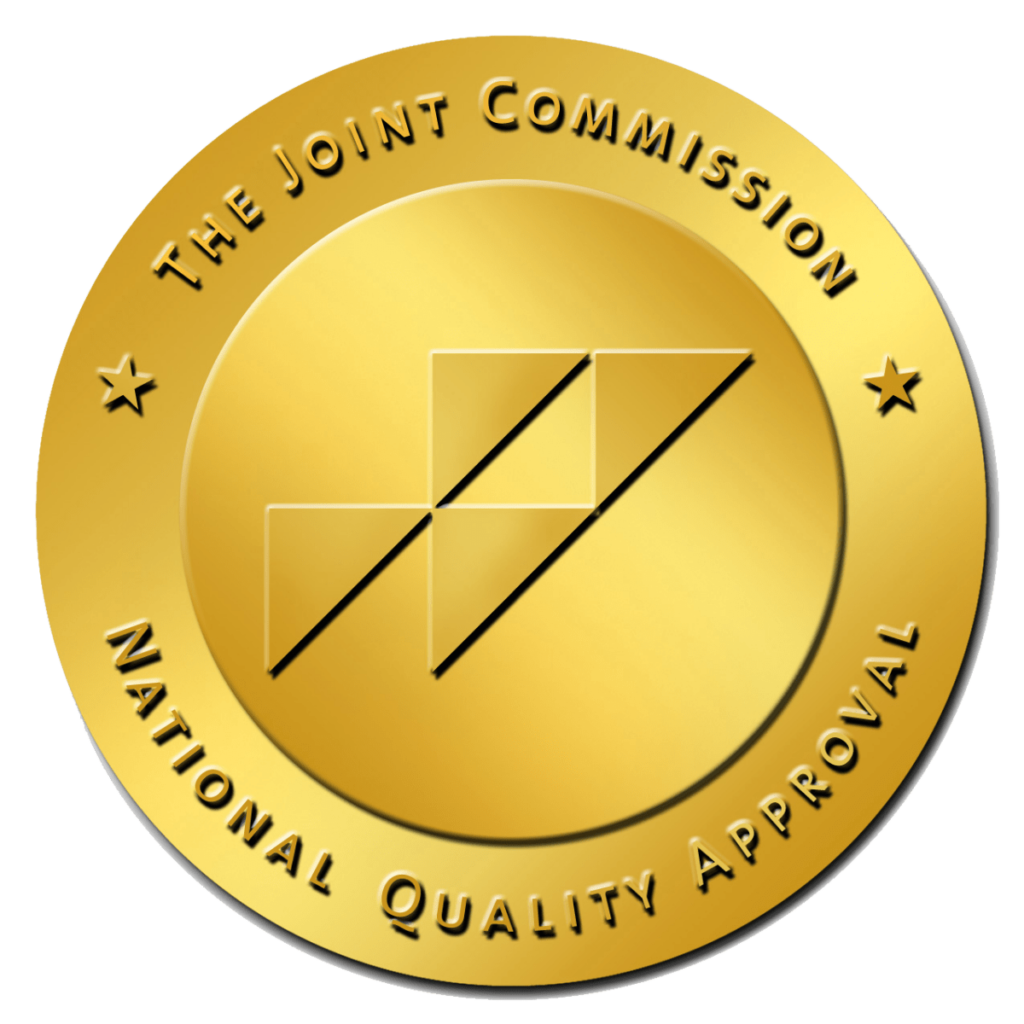March is Self-Harm Awareness Month. It is not uncommon for people with mental illnesses to intentionally inflict physical pain on themselves. A variety of behaviors can be categorized as self-harm, and while some people only engage in one type, others choose more than one method of injuring themselves.
Examples of Self-Harm
The United States Department of Health and Human Services lists the following as common methods that people may use to intentionally injure themselves:
- Cutting the skin (with a razor blade, knife, or other sharp object)
- Punching (themselves or an object)
- Burning the skin (with a lighter, match, cigarette, candle, etc. or by rubbing excessively)
- Pulling out hair
- Poking objects through body openings
- Breaking bones or bruising the skin
Why Do People Self-Harm?
Some people intentionally harm themselves only a few times before they stop, while others find it more difficult to give up the behavior once they start. However, the causes of self-harm are similar regardless of how long a person engages in the behaviors. According to The National Alliance on Mental Illness (NAMI), some people struggle to manage intense emotions and, when they find themselves lacking adequate coping skills, will turn to self-injury to reduce the intensity of their feelings. Underlying trauma often triggers intense feelings.
Signs of Self-Harm
If you are concerned that someone you know might be intentionally harming themselves, look for the following signs that could confirm the behavior is occurring:
- Scars, often several in the same area
- Fresh wounds (bite marks, burns, cuts, scratches, bruises, etc.)
- Keeping sharp objects consistently nearby
- Dressing in long sleeves or pants even when it’s hot
- Indicating frequent “accidental” injuries
- Being impulsive, unstable, and unpredictable
Risk Factors
Certain factors make some people more likely to engage in self-harming behaviors, according to the Mayo Clinic. These include:
- Being in adolescence or early adulthood
- Having friends who self-harm
- You may have personal issues that are difficult to deal with
- Having a mental health diagnosis
- Struggling with substance abuse issues
Does Self-Harming Behavior Signal Suicidal Intent?
While self-harm is often not intended as a suicide attempt, people who self-injure and people who attempt suicide share much in common, such as intense emotions, not feeling like there is a better way to resolve problems, and a tendency toward impulsivity. Therefore, if a person is engaging in self-injurious behaviors, they should be screened for suicidal thoughts and intent.
Dangers From Self-Injury
The behaviors that people engage in to harm themselves can put them at risk for a number of negative outcomes:
- Shame, guilt and self-esteem may grow worse.
- Infections may develop as a result of the injuries or the tools used.
- Permanent scarring/disfigurement may occur.
- Accidental death may happen when self-harm goes further than intended.
- The issues that drive the self-harm behaviors get worse.
Self-Harm Alternatives
For people who have trouble freeing themselves from self-harm, NAMI recommends the following alternatives:
- Naming the emotion to make it less scary
- Using one or more grounding exercises
- Talking to a trusted person
- Taking a shower
- Getting out into nature
- Wrapping up tightly in a blanket or using a weighted blanket
Most importantly, someone who is caught up in self-harm needs professional treatment. A therapist can diagnose underlying mental illness or trauma and help the client learn tools to work through painful emotions without hurting themselves.
Talking to a Loved One About Suspected Self-Harm
If you are concerned that a friend or family member may be intentionally engaging in self-injurious behavior, talk with them. It may be difficult to know how to begin such a conversation, but here are some tips:
- Pick a time when neither of you are feeling particularly emotional.
- State what you have observed and what your concerns are, without judgment. For example, “I saw some cuts on your arm and because I care about you, I am concerned. I am wondering if you have been hurting yourself.”
- Acknowledge that they have been experiencing pain and ask them to tell you about it.
- Ask them what sorts of things make them want to engage in self-injurious behaviors.
- Offer support, but encourage them to seek professional treatment as well.
- Let them come back to the conversation later, if they aren’t ready to talk immediately.
Self Magazine also recommended some things to avoid:
- Comments that could come off as more voyeuristic than helpful, such as asking to see the injuries.
- Making light of the pain the person is feeling. Don’t try to make them feel like they are overreacting or that the problems they face aren’t a big deal.
- Threats to remove one’s friendship if they continue to self-harm.
Highland Can Help
At Highland Hospital, we have experience treating clients with self-injurious behaviors. Our team is trained to respond to this and a variety of other issues of concern to people with mental illness and their loved ones.










